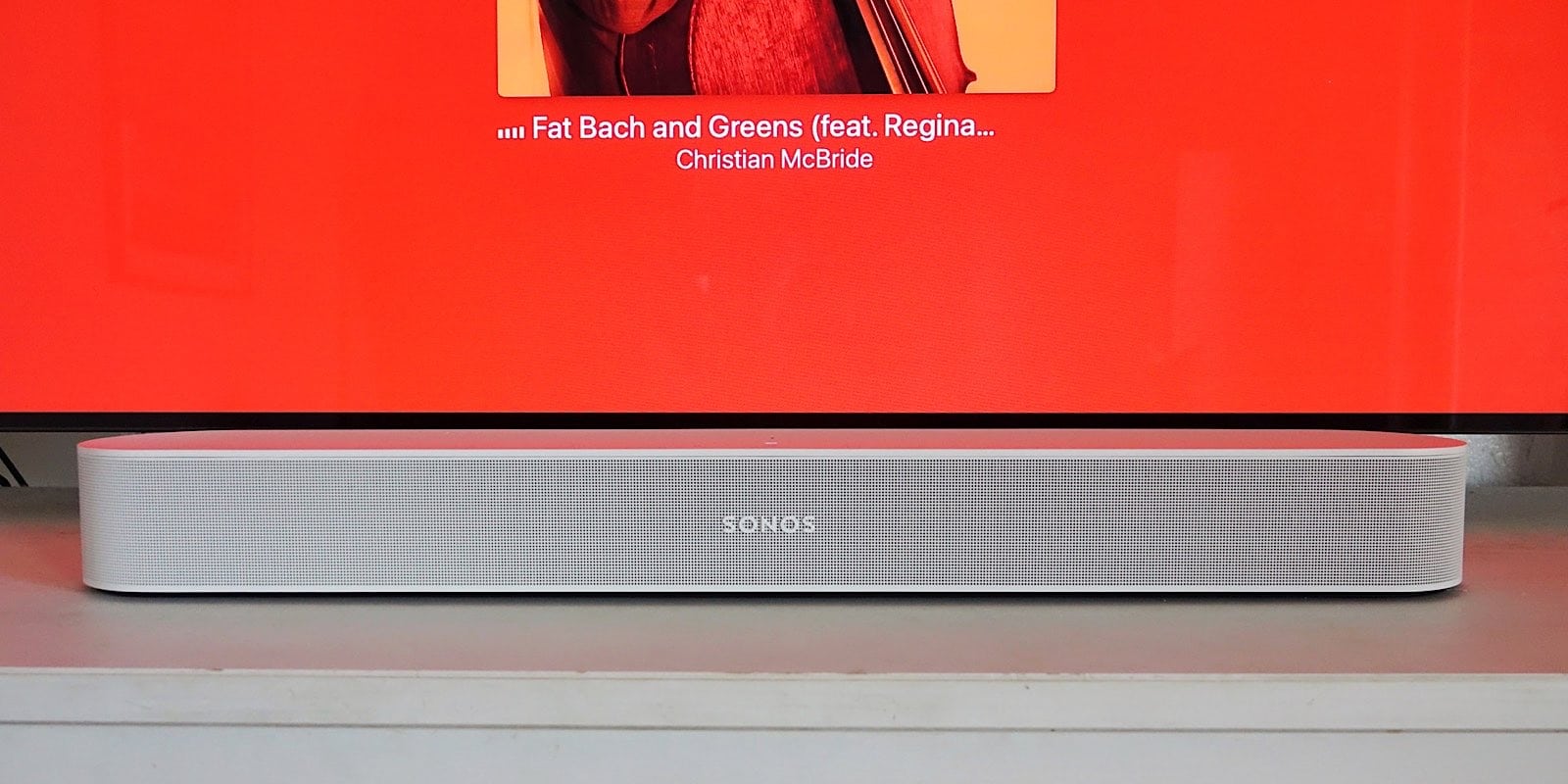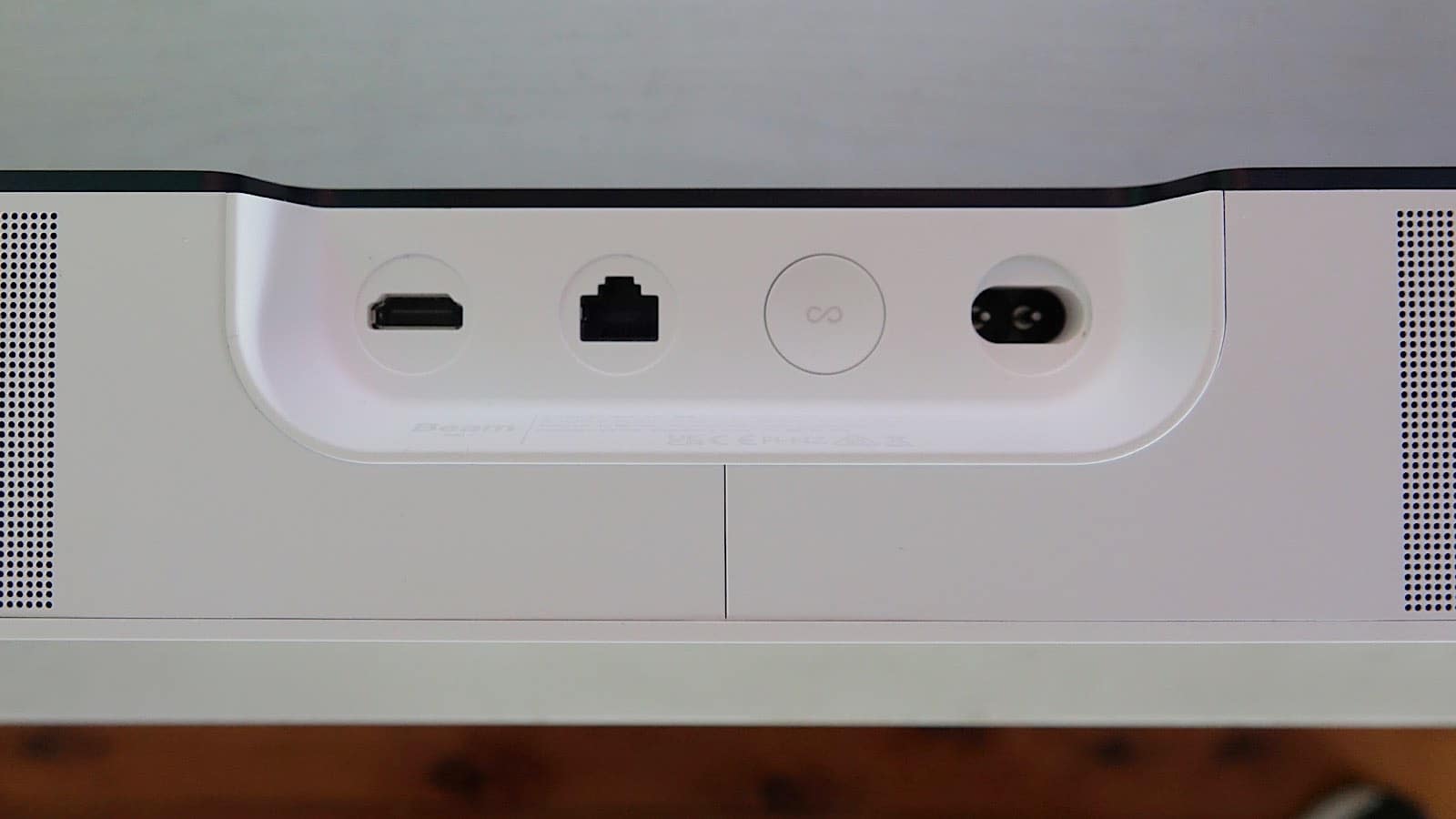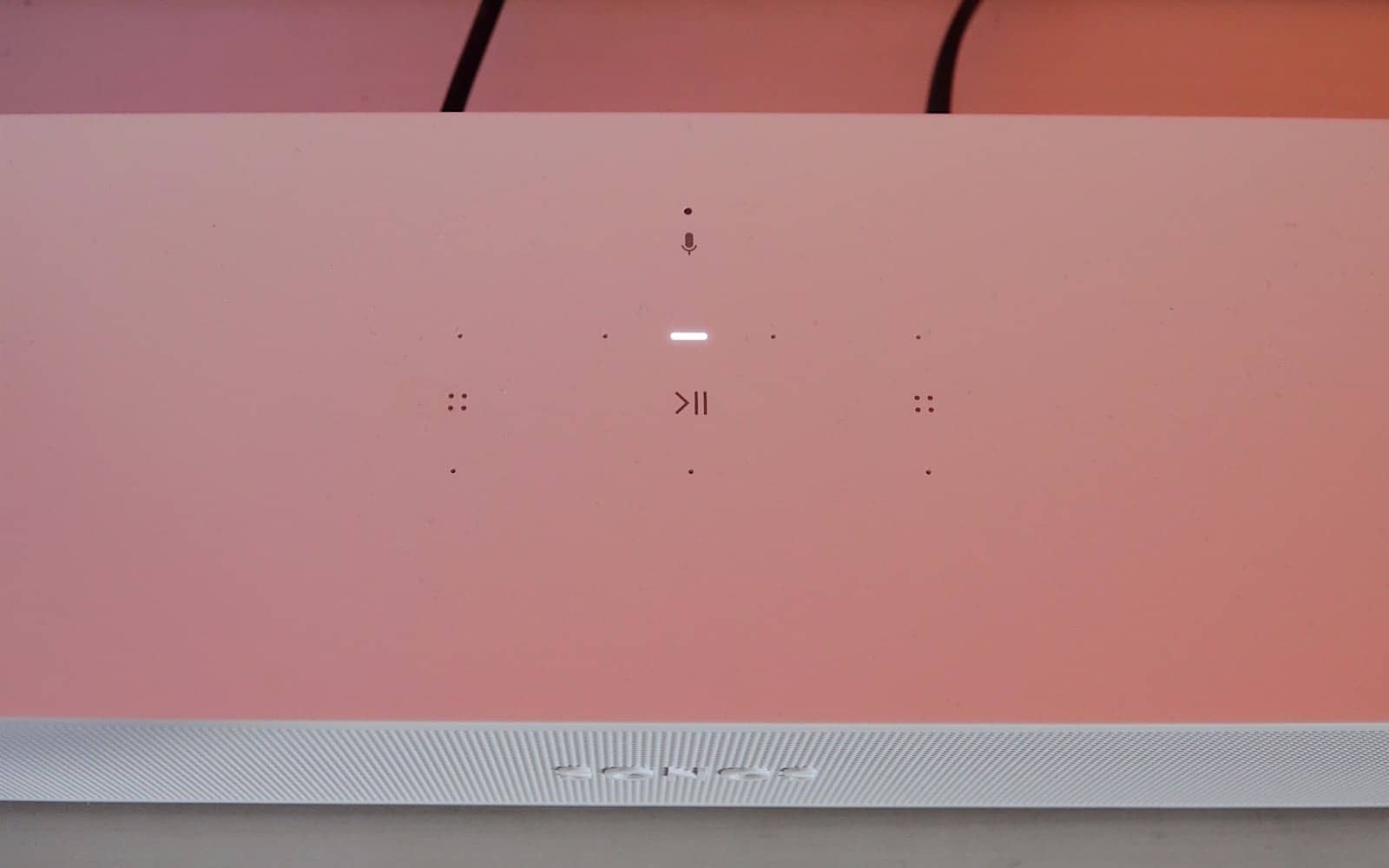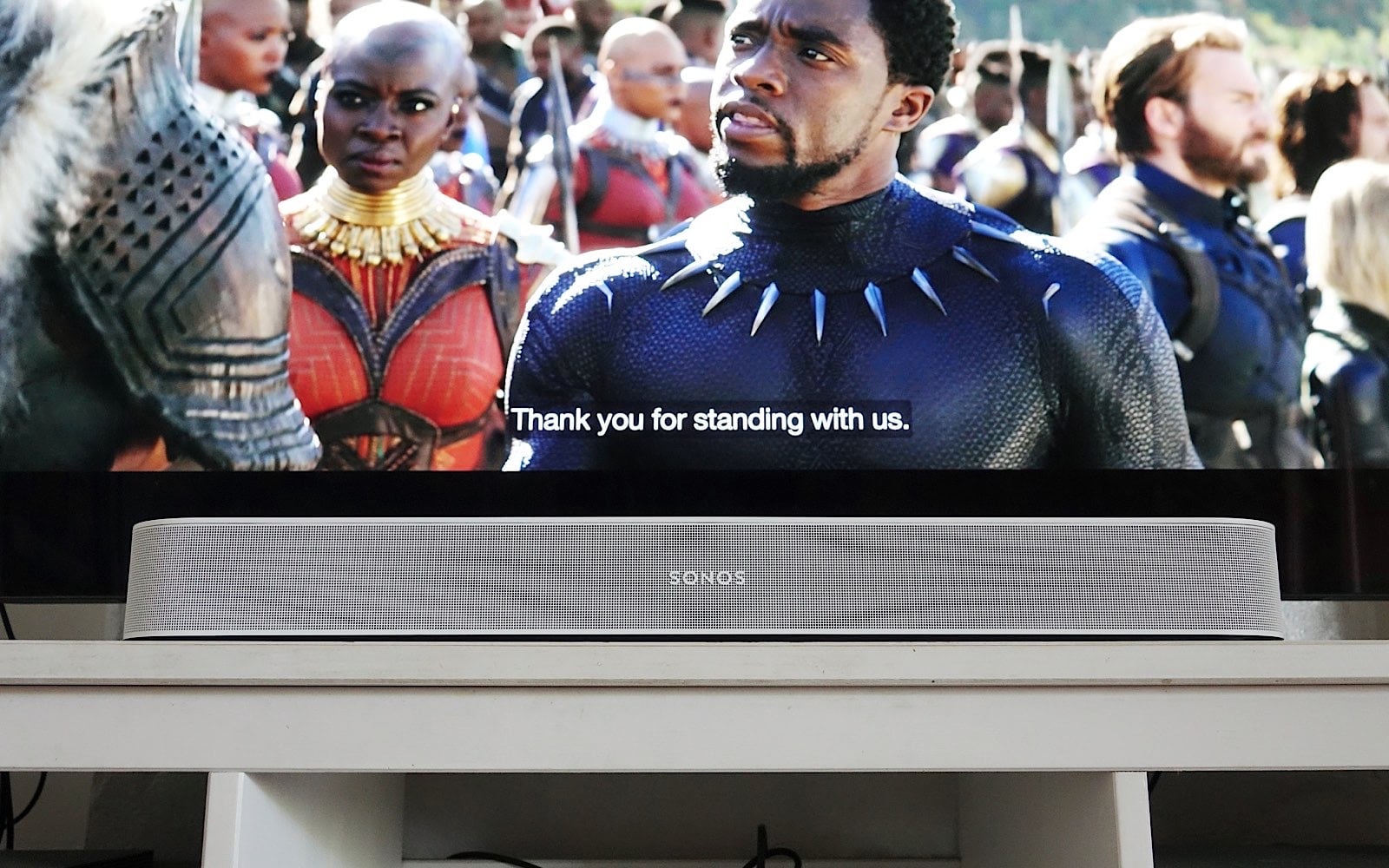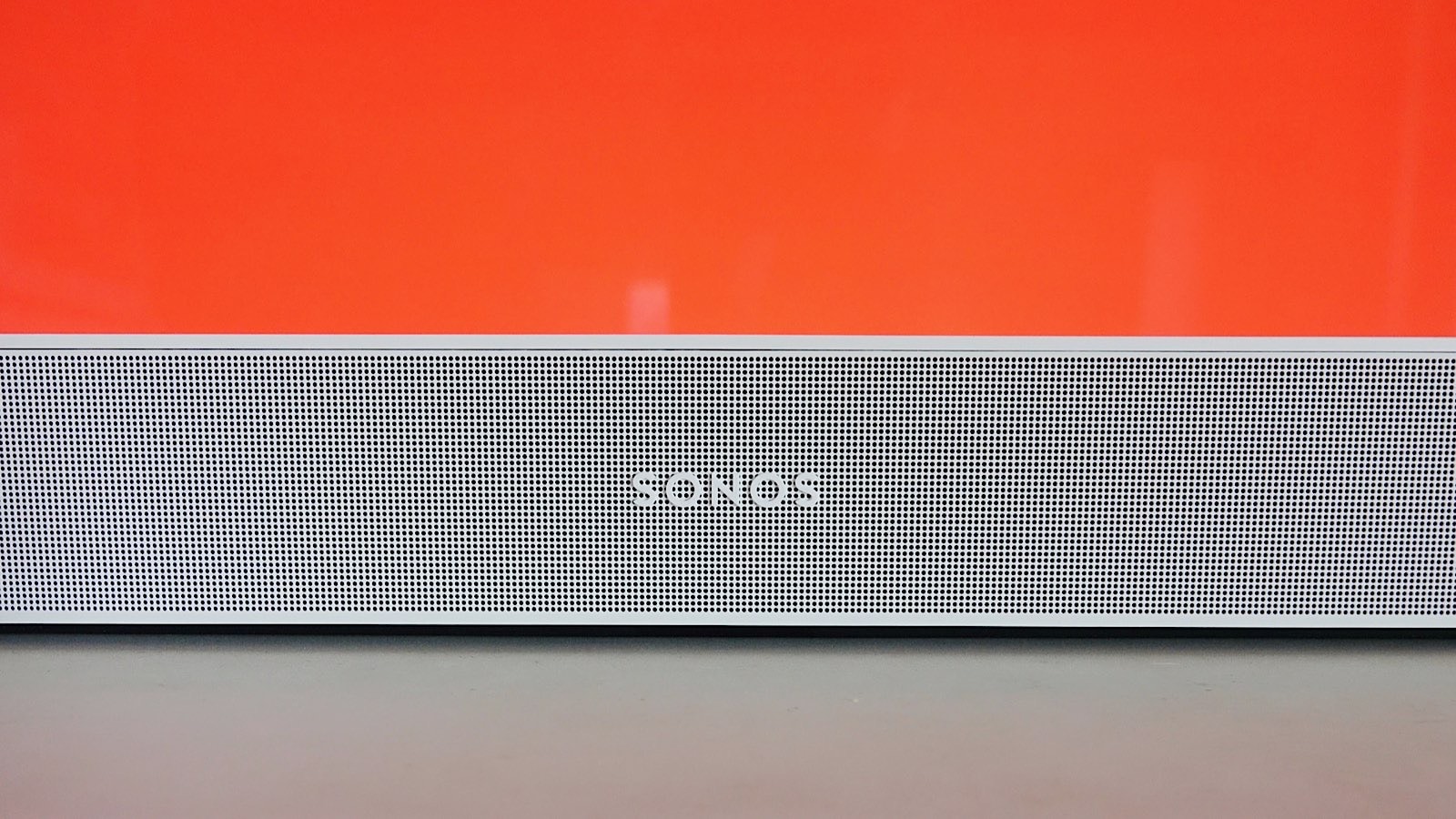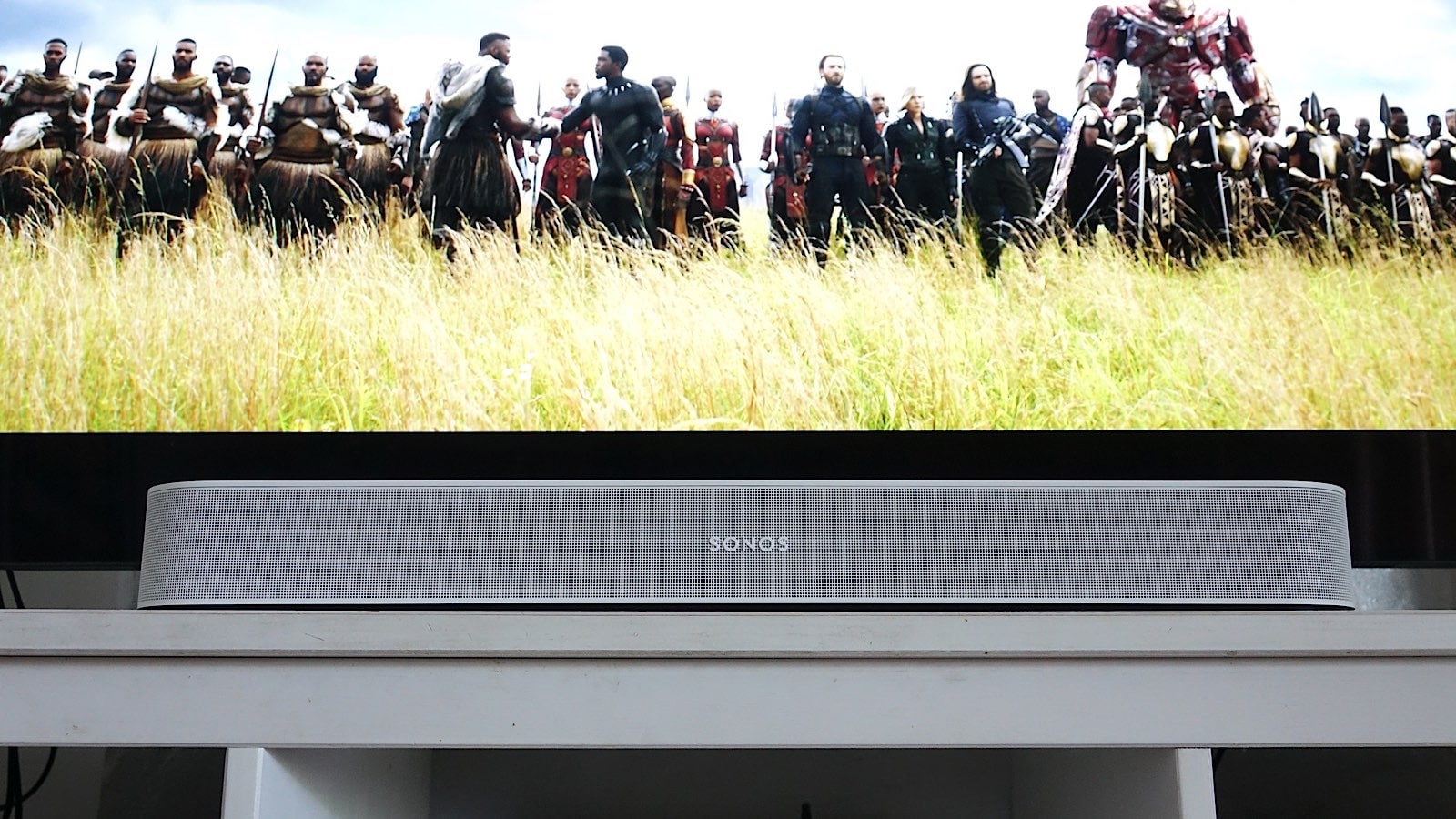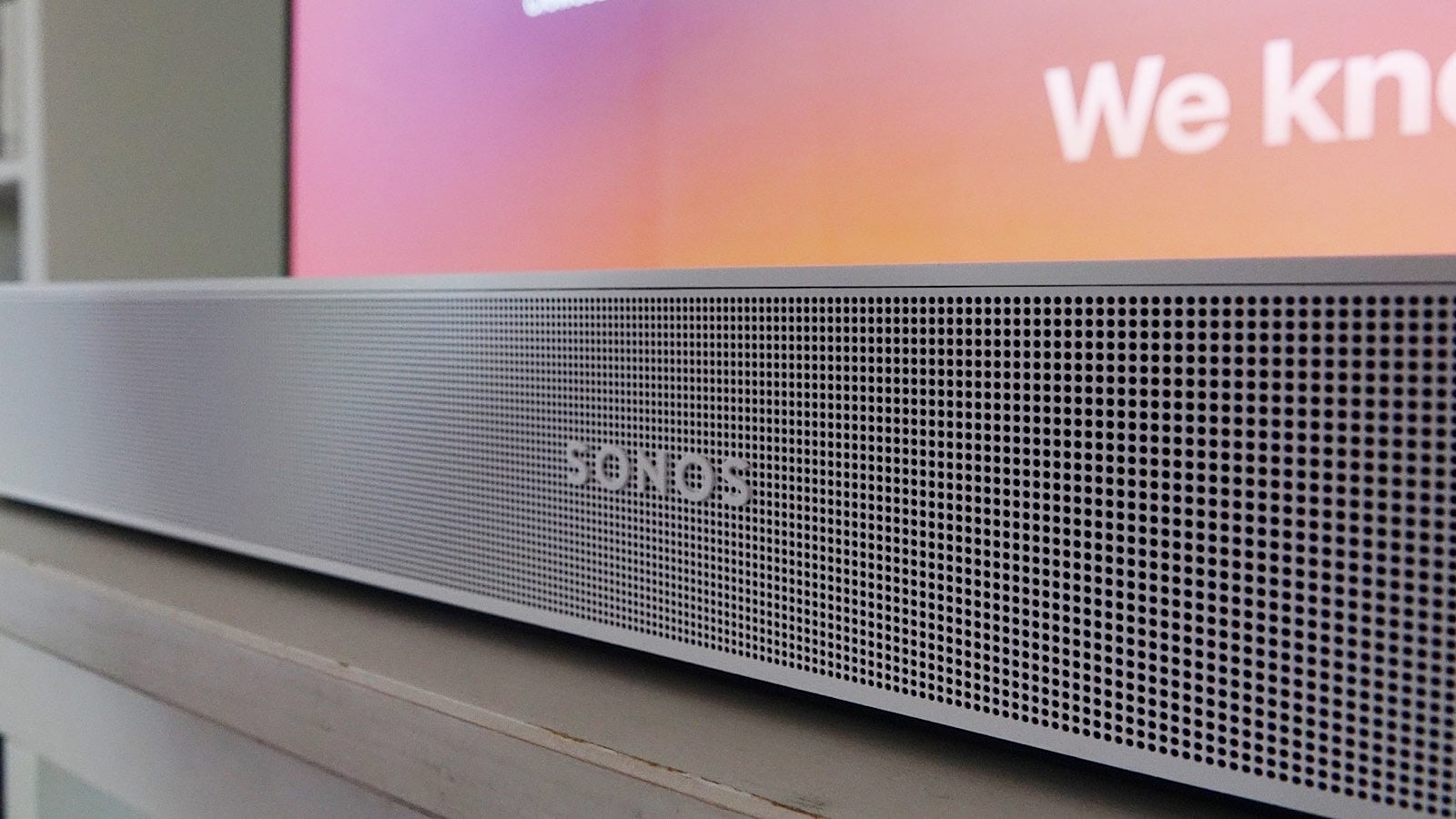Quick review
The good
The not-so-good
The latest Sonos speaker packs good looks and solid sound in a familiar package, but the addition of Atmos is a little like being in The Matrix, and is pure simulation.
It’s been three years since Sonos found a way to package up its first soundbar in something smaller, bundling the large Playbar into the much smaller Beam.
That was 2018, and in that time, Sonos has also found a way to soup up its soundbar efforts, replacing the big Playbar with the more impressive and Atmos-equipped Arc. But at over a thousand dollars, this long speaker isn’t for everyone, so Sonos has been working on something else.
Its latest soundbar isn’t entirely new, though, drawing from Sonos’ work from 2018. Adhering to the “if it ain’t broke” philosophy, Sonos hasn’t quite reinvented the wheel with the Beam Gen 2; rather, it has applied modest tweaks and changes to bring the Beam into 2021.
Does it work, and is it an upgrade worth considering?
Design and features
It’s only been a few years since we saw the first Sonos Beam, a departure from the inclusion of the word “bar” with its soundbar technology, and now we’re back with another one.
And honestly, not much has changed.
Inside, there are five Class-D digital amps to talk to the four mid-woofers and one tweeter, with three passive radiators handling the bass reflex, though this is all about the same as it was before. There are also microphones to listen out for your voice, and support for Sonos’ TruePlay technology, which can use an iOS phone to measure the sound output and calibrate the speaker for the room it sits in, though this was there in the original, too.
On the back, you’ll find three ports, with power, HDMI, and Ethernet, plus a sync button if you need to connect the speaker with a Sonos mesh network device, and there are touch controls up top, too.
The biggest change may come from the chip controlling everything inside which has seen an upgrade, and possibly the look of the speaker, as well.
The design looks a little different, as Sonos taps the design potential of the Arc, with its tiny pin-prick grill aesthetic, standing out while also blending in. It’s a look that screams “this isn’t a soundbar that stands out, but one that will offer plenty of sound”, which we suspect is kind of the point.
In-use
Using the Sonos Beam Gen 2 is much the same as its predecessor, too, with not much having changed there.
You’ll use the app for controlling its media services, as you would with every other Sonos, be it a smaller speaker like the Roam or even the larger Sonos Arc, and like the latter, you’ll plug it into an HDMI port to get audio from your TV to feed straight into it.
Soundbars are primarily made as a one-speaker sound system for TVs, so while the Beam can be used as a speaker, it’s more likely to sit in front of a TV and work as that TV’s new sound system, taking audio from the set and amplifying it in your world.
You can set it up to handle volume controlling from your TV or media player, and we used our Apple TV 4K for that, alongside the app. However, you can also use the touch controls on top to control volume, tracks, and even call up a virtual assistant using the on-board microphone if you so choose.
That’s all par for the course for a Sonos soundbar, so there’s not a lot that’s new here.
Performance
There’s also not a lot new in the technology of the Beam Gen 2 which means much of the performance gets to stay the same. That’s good, because the first was so good, something we noted in our Sonos Beam review back in 2018, and the new one just delivers scores of volume and yet more balance, though we could find at times it was a little on the bright side.
For the most part, though, balance was the key message, with tracks from the Pickr Sound Test noting a noticeable punch on the bass, and a surprisingly spacious soundstage is surprisingly spacious in electronic tracks from Tycho and Daft Punk, certainly bigger than you’d expect from a small speaker.
The bass isn’t being moved the way it did in the larger Sonos Arc, but that’s to be expected, and it’s much the same feeling in R&B, too. Both Ariana Grande and Mark Ronson deliver a solid recreation with their tracks, while Charlie Puth exhibits the harshness we mentioned earlier, with bright highs that can feel like they fuzz out slightly.
That aspect of the Sonos Beam’s performance is rare, though. While the mids felt a little undefined listening to Maroon 5 and the warbling bass in FKA Twigs understated, rock delivers a solid sound, with the Deftones, David Bowie, Paul Simon, and The Beatles all sounding solidly balanced, and an easy listen all around.
It’s much the same with jazz and classical, with a balance that is mostly there, though occasionally blows the sound to being bright, though it’ll be track dependent, we found.
Then there’s movies, and that’s where the Beam Gen 2 changes can be found. With a new processor inside, Sonos is using hardware from two years ago to process the sound into a virtual 3D soundstage, tricking your brain with psychoacoustics into believing that what you’re hearing is all around you. Kinda, sorta.
Stare at the screen and soundbar and you may feel it. Blaster sounds in Star Wars and the whoosh of Iron Man flying around in Spider-man, or the explosions and massive fight scenes in Infinity War. In Mad Max: Fury Road, the raucous driving around the desert is spacious and almost real, but the timing isn’t happening like you’re feeling it around you, not like with proper Atmos. In fact, if you turn your head, the illusion disappears.
Turn your head and you’ll only hear it from one side, breaking the illusion considerably, unlike what happens with proper 3D sound, which still plays in the space around your head.
That’s fine — we expect that in a virtual Atmos system — but while the effect is virtual, it actually can help make music sound like it has a seriously wider soundstage.
Testing the Beam Gen 2 with Apple Music’s Spatial Audio, you may find the wider soundstage on Lorde, Ed Sheeran, and Kacey Musgraves, to name a few, is larger and more enveloping, much like the way it is when listened to with good headphones on the Dolby Atmos music tracks.
It’s much the same experience when re-listening to Crowded House’s “Don’t Dream It’s Over”, which uses the Atmos version to feel bigger, provided you keep your head facing forward, that is.
Value
The pricing in Australia isn’t bad, either.
Priced at $699 locally, the Sonos Beam Gen 2 is competing with soundbars that aren’t far from the price tag Sonos is pitching, including the Sony X8500 Atmos soundbar and the JBL Bar 5.0, both of which use a virtual Atmos experience, as well.
Virtual Dolby Atmos is the name of the game at this price point, so it’s not technically Sonos’ fault for merely going with what everyone else is doing.
And at a mere $100 more than what the original Sonos Beam cost, you’re not paying a while heap extra for the privilege to try it out, more just the cost of a chip shortage strangling consumer tech production right now.
Basically, the Beam Gen 2 is as good as it ever was for much the same money, with that little bit of Atmos in there. Kinda sorta.
What needs work?
However the addition of Atmos reads like a bit of a gimme, with a bonus that doesn’t add as much as you might think.
The problem is that it’s not real 3D sound, but rather a virtual kind. It’s like hearing the feeling of a more spacious surround stage without actually really feeling it, and the sound of footsteps and shots and moments in time normally animated by properly spatial audio don’t actually appear next to your head, but rather in front of it.
Atmos in the Beam is a simulation, and much like the feeling of being in The Matrix, it’s all just virtual, so whether you take the red pill or the blue pill, you’re just getting a whiff of them, hardly the real physical deal.
The psychoacoustic nature of Dolby Atmos in the Beam means you’re getting the sound of Atmos without the presence, which is largely the point: 3D-supported soundbars that can fire sound up to bounce sound against your ceiling and all around you time their sounds so that they can be heard next to your ears, making you think more and more that the world you’re consuming is happening all around you. But in the Atmos-enabled Beam Gen 2, we didn’t get that.
We didn’t get the rush of gunfire or explosions, and instead heard a soundstage prepared for them, just not legitimately playing them.
It’s the auditory equivalent of “close but no cigar”, because the Beam gets close, but it has no cigar against the Arc. Granted, they’re totally different devices entirely, with a proper 3D soundbar versus one that emulates what it needs to get that, but it really only helps to point out the difference between it and the Arc, and then Sonos doesn’t make it easy because you can’t upgrade to real Atmos, either.
While you can add extra rear speakers using a Sonos One, One SL, or Sonos Five, or even something older like a Play:1, Play:3 or a speaker made from the IKEA Sonos collaboration, none of these will fire sound around you. Rather, they’ll just make up the rear, which is nice, but unfortunate that they can’t finish the 3D sound.
It means try as you might, you can never upgrade the 2021 Beam’s virtual 3D sound to real 3D sound unless you replace the system, and it will always be virtual, which isn’t quite as good as the real thing.
All of this helps to make the inclusion of Dolby Atmos in the Beam more of a bonus, though one that won’t really help you make the decision to buy.
Final thoughts (TLDR)
Outside of Atmos, the Beam is a lovely soundbar, offering a great vibrant sound on par with the original, yet now found in a more stylish and minimalist design. It’s still a lovely soundbar, and if you were planning on getting one a few weeks ago, you’ll now get an extra: kinda-sorta-Atmos.
That’s what this is, though, make no mistake. While Sonos has included a version of Atmos, it is by no means as real a deal as what Sonos delivers in the Arc. It’s an extra that can make movies and music sound a little more interesting, but doesn’t hold a candle to what you can find in its big brother, the Sonos Arc. At double the price, the sound quality is easily superior and the 3D sound legitimately real, especially in comparison.
By contrast, the $699 Sonos Beam Gen 2 provides some of the feeling of Atmos without any of the real effort. It’s a little bit of Atmos for folks looking for that little bit extra from their soundbar, but isn’t a good reason to buy it.
Rather, you should consider the Sonos Beam Gen 2 if you’re looking for a versatile speaker that packs a punch. It’s certainly going to sound better than your TV, and that’s largely the point, delivering more sound and balance, plus a little bit of something extra.
As it is, the Sonos Beam Gen 2 is worth checking out if you’re after seriously better sound than what your TV can do, and in a small package that looks good in front of your telly, too. Recommended.



